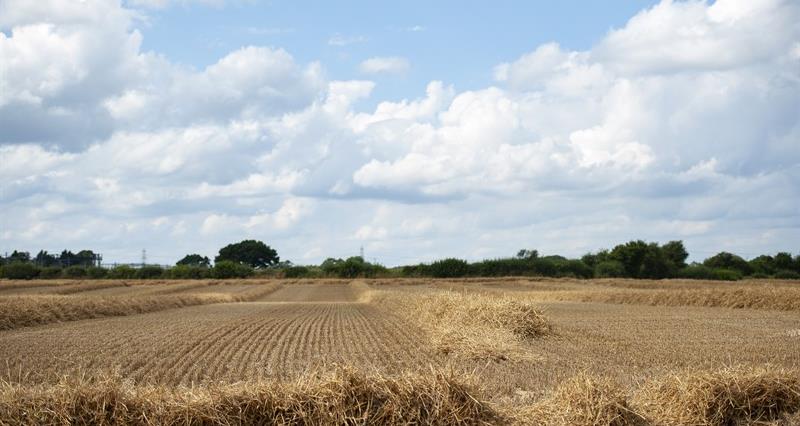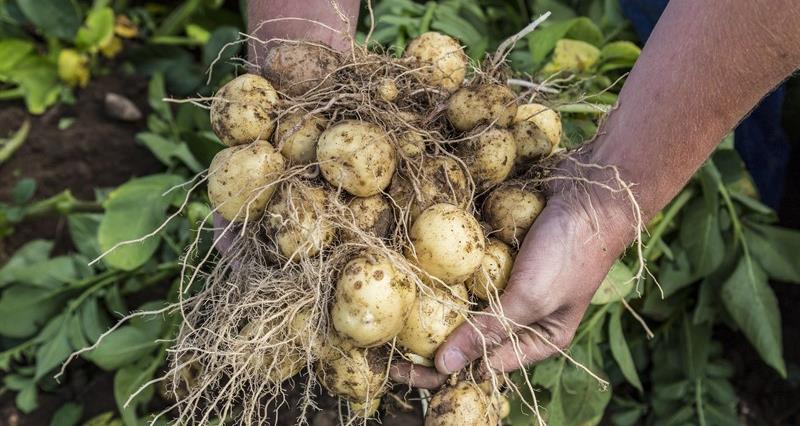Low soil moisture levels throughout spring and early summer could have potentially caused higher-than-expected levels of granular nematicide to remain in the soil profile later into the growing season.
This issue could be compounded for growers with limited, or no, irrigation resources, or those conserving irrigation resources earlier in the growing season. The lack of rainfall over recent months may result in lower rates of tuber bulking or trigger early senescence.
The product label for Nemathorin 10G (fosthiazate) indicates the importance of adequate soil moisture, from rainfall or irrigation, during the tuber initiation stage to optimally activate nematode and wireworm effects. The label also states that the product requires a minimum of 119 days (17 weeks) from planting to haulm burndown or harvest, and regardless of any residue test results and what they show, the harvest interval must be complied with.
Chair of the NSP Patrick Mitton endorses this proactive approach.
He says: “The NSP has a long history in promoting best practice use and handling of granular nematicides.
“The advice being offered for this extremely dry season helps to guide the end-of-season actions of growers in their collective support for the continued use into the future of granular nematicides, such as Nemathorin 10G.”
Where growers or agronomists are concerned that crops may not have received sufficient rainfall, or growth has been compromised by the hot and dry conditions, it is recommended to undertake a pre-harvest residue test of tubers.
Independent Agronomist Simon Alexander explains what action growers should consider taking.
“Growers should take a representative sample from the treated area, selecting tubers from multiple plants across the field in a ‘W’ shaped pattern; a sample of at least 2.5kg of tubers should be submitted for testing,” he says.
Several independent residue testing facilities are available across the UK. Please contact your agronomist or nematicide supplier for more information. Any laboratory used needs to be ISO17025 accredited to satisfy the Red Tractor Fresh Produce scheme and other assurance schemes.
Read the in full, or find more information through Syngenta’s .




